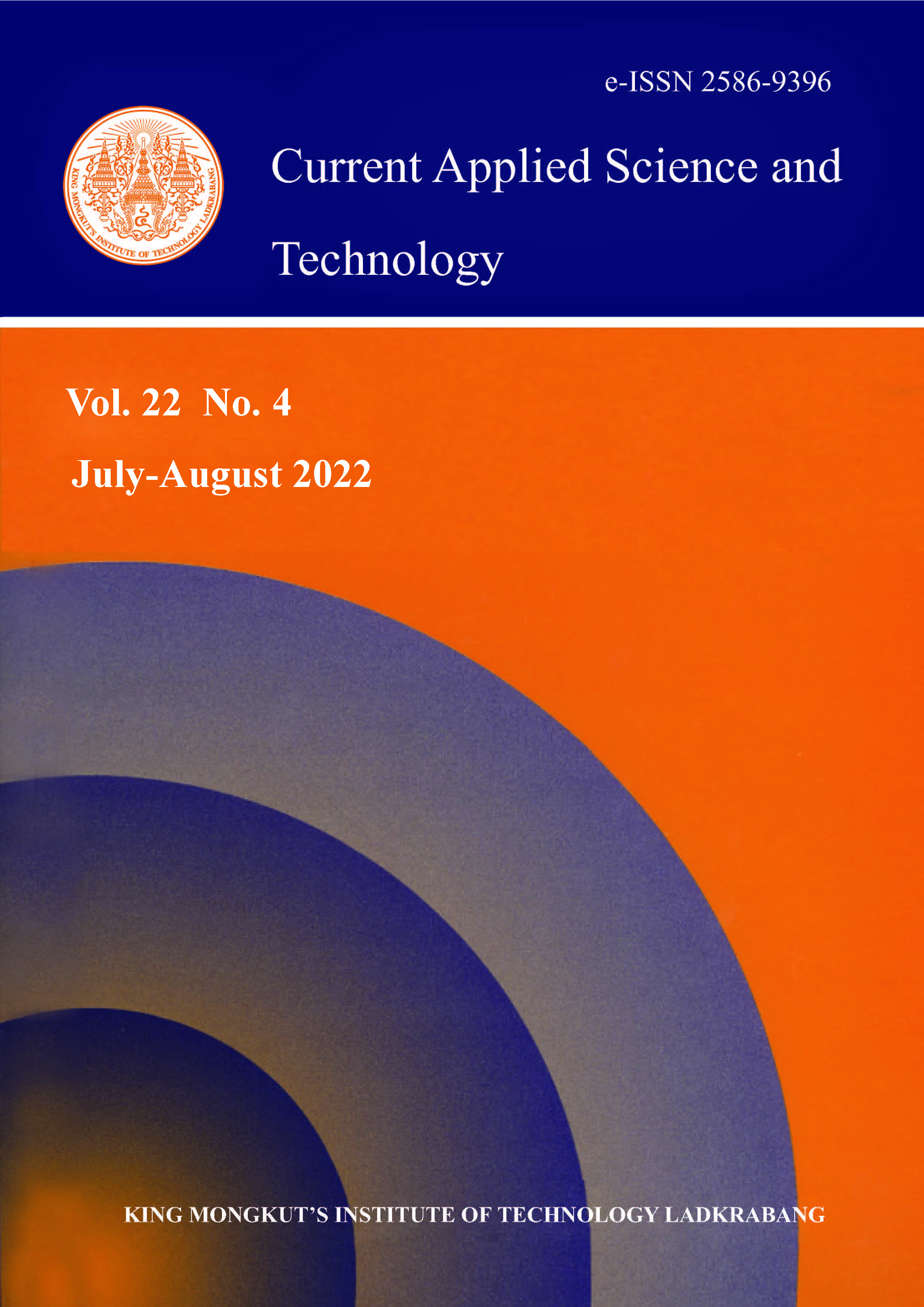The aim of this work was focused on the size reduction of waste glass that was obtained from broken beaker glass in the laboratory. The particle size reduction of glass cullet was performed by a high energy ball milling process. Firstly, the obtained beaker glass was smashed into fine particles before the milling process. The milling parameters studied, which had potential effects on the efficiency of the milling process, were rotation speed, milling time and ball sizes. The particle size and morphology of before/after milled silicate powder were evaluated by a particle analyzer and a field emission scanning electron microscope (FE-SEM). It was shown that the particle size of the milled powder had decreased after milling. However, agglomeration occurred after the use of high rotation speeds and longer milling times. Furthermore, functional groups of the milled samples were analyzed by a Fourier transform-infrared (FT-IR) spectrometer. The FTIR spectra of samples of each milled condition displayede similar patterns. Meanwhile, an optical property, the scattering effect of milled samples of different particle sizes, was identified by a luminance meter. The preliminary results suggested that the minimum particle size of the milled glass was reached at 1.33 µm with milling time of 30 min at 500 rpm. Therefore, an increase of light scattering property occurred, and this correspondented to the smaller particle size of milled silicate powder.
Keywords: milling process; operation time; rotation speed; size reduction; wasted glass
*Corresponding author: Tel.: (+66) 23298000 ext. 2176
E-mail: wanichaya.me@kmitl.ac.th
Naknawa, P. ., Mekprasart*, W. undefined. ., Manivong, A. ., Boonyarattanakalin, K. ., Chongsri, K. ., Ishihara, K. undefined. ., & Pecharapa, W. . (2021). Particle Morphology and Optical Property of Silicate Powder Prepared from Waste Borosilicate Glass by High Energy Ball Milling Process. CURRENT APPLIED SCIENCE AND TECHNOLOGY, DOI: 10.55003/cast.2022.04.22.009 (10 pages). https://doi.org/10.55003/cast.2022.04.22.009

